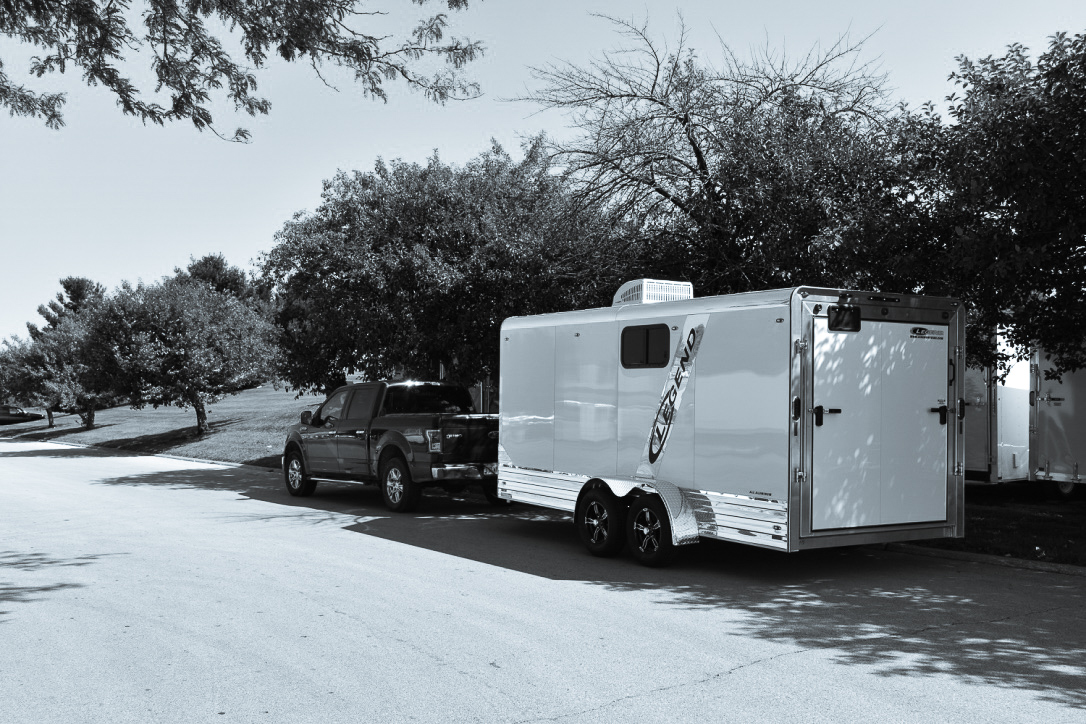This guide answers the popular question: Are drum brakes a thing of the past?
Our content theme this month is all about brakes for your trailer. By now, you’ve probably learned more than you ever thought you needed to know about brake kit options for your trailer.
First, we’re going back in time for a quick history lesson on Drum Brakes.
What are drum brakes & how do they work?
Early automotive brake systems used a drum brake design. According to this article by Edmunds, they’re called drum brakes because the components were housed in a round steel drum that rotated along with the wheel.
Inside the round drum is a set of shoes that slows the wheel down when the shoes are forced against the steel drum. This happens because the hydraulic pressure forces the wheel cylinder to extend the shoes outwards, pressing them against the drum. This friction slows the wheel down.
Excessive brake use from steep hills or urgent stops is a drum brake’s worst enemy. When drum brakes become overworked, too much heat is built up in the drum, resulting in the brakes fading and losing their effectiveness to properly and safely stop the vehicle. Drum brakes will continue to operate properly as long as they can absorb the heat generated by slowing a vehicle’s wheels.
Because of this brake fade issue, drum brakes are not used often anymore because of safety concerns. Instead, manufacturers have turned to the new and improved brake option – disc brakes.
There are two different types of drum brakes for trailers: Electric and Hydraulic.
What are disc brakes & how do they work?
Disc brakes work similarly to drum brakes, but instead of using shoes that press against the steel drum, disc brakes use pads that squeeze against a rotor. See the graphic below: the rotor is located between the wheel and spindle. When the brake pedal is applied, hydraulic pressure forces the pads to press against the rotor, in turn slowing the wheel and vehicle down.
Because disc brakes use brake pads, they are less likely to overheat and perform better when moisture is present, such as humidity, rain, and winter elements.
There are two different types of disc brakes for trailers: Hydraulic (Surge) and Electric Over Hydraulic.
Brake options for your tow vehicle & trailer
Due to safety concerns from brake fade, drum brakes are not used on all four wheels of a tow vehicle very often. According to All Rotors, the majority of new vehicles have disc brakes in the front and drum brakes in the back. It’s not uncommon to see disc brakes on all four wheels too. But only very very old vehicles will have drum brakes all around – the switch to disc brakes on the front wheels was a change that happened in the 1970s.
If you want as much control over your trailer as possible when towing, electric drum brakes are the perfect option for you. According to this article by E Trailer, if you want the most powerful and efficient brake setup that money can buy, disc brakes are for you. They’re perfect for hardcore boaters, and those who live in places with a lot of salt on the roads, because of their low-maintenance and superior rust-resistant design.
